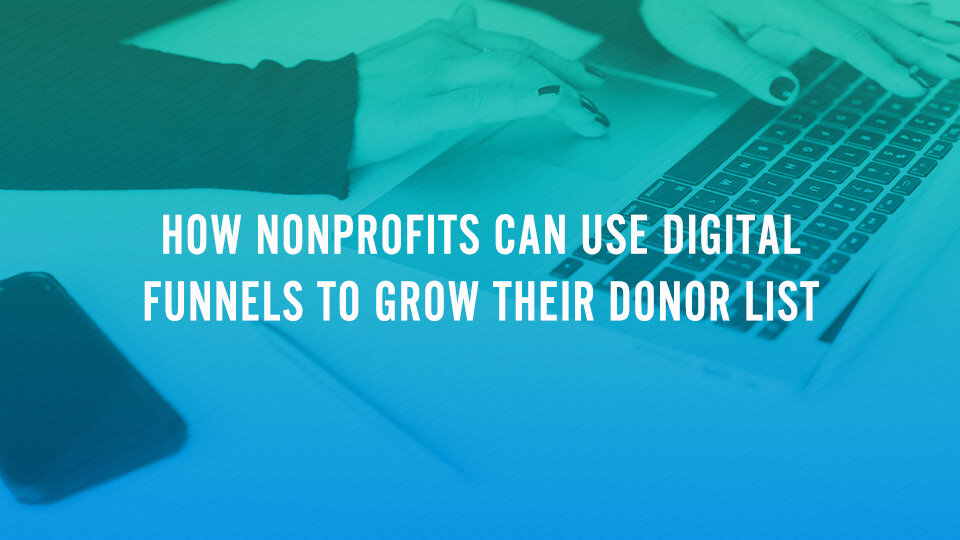How Nonprofits Can Use Digital Funnels to Grow Their Donor List
By Maurilio Amorim
I am often asked about digital marketing for nonprofits. Does it work? Should I do it?
Absolutely, it works. And you're missing out if you don't.
One of the most effective methods is through digital funnels. Here's how nonprofits can use digital funnels to expand their donor lists and enhance their fundraising efforts.
Understanding Digital Funnels
A digital funnel is a step-by-step process that guides potential donors from initial awareness to donating. It's designed to nurture prospects through various stages, building relationships and trust. Here's a breakdown of the critical stages in a digital funnel:
1. Awareness Stage
At this initial stage, the goal is to capture the attention of potential donors. Use targeted ads on social media platforms, Google Ads, and content marketing strategies to reach your audience. Highlight your mission, the impact of your work, and compelling stories that resonate with your cause.
Example: Create a Facebook ad campaign that shares a powerful success story from your nonprofit. Use eye-catching visuals and a strong call to action (CTA) that directs users to your website or landing page.
2. Interest Stage
Once you have their attention, it's essential to engage them further. Provide valuable content that addresses their interests and concerns. This could be through blog posts, videos, webinars, or downloadable resources.
Example: Offer a free e-book or guide related to your cause in exchange for their email address. This not only provides value but also allows you to capture their contact information for future follow-up.
3. Consideration Stage
At this point, potential donors are evaluating whether to support your nonprofit. It's crucial to build trust and demonstrate the impact of your work. Share testimonials, case studies, and detailed reports that showcase your organization's achievements and transparency.
Example: Send a series of emails highlighting different aspects of your nonprofit's work, including success stories, financial transparency reports, and volunteer testimonials. Include clear CTAs for donations or event participation.
4. Decision Stage
Now, it's time to convert interest into action. Make it easy for potential donors to contribute by providing a seamless and straightforward donation process. Use persuasive CTAs and create a sense of urgency to encourage immediate action.
Example: Use a dedicated landing page with a simple donation form. Offer multiple giving options and suggest donation amounts that reflect the tangible impact of their contribution (e.g., $50 provides meals for a family for a week).
5. Retention Stage
The funnel doesn't end with a donation. Retaining donors and encouraging repeat contributions is vital for long-term success. Show appreciation and keep donors engaged with regular updates and exclusive content.
Example: Send personalized thank-you emails, update donors on how their contributions are making a difference, and invite them to special events or webinars. Consider creating a donor loyalty program to incentivize ongoing support.
Digital funnels are a powerful tool for nonprofits to systematically grow their donor lists and build lasting relationships with supporters. By understanding and implementing each stage of the funnel, from awareness to retention, your nonprofit can create a robust strategy that attracts new donors and fosters ongoing engagement and loyalty.
Ready to build a digital funnel that grows your donor list and amplifies your impact? At The A Group, we specialize in creating tailored digital strategies for nonprofits. Contact us today for a free consultation and learn how we can help you develop an effective digital funnel that drives results and sustains your mission.














